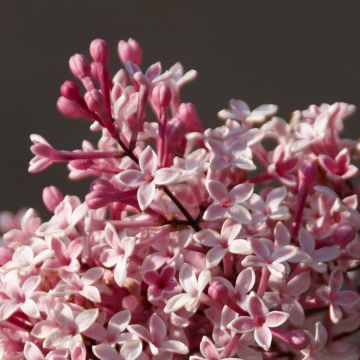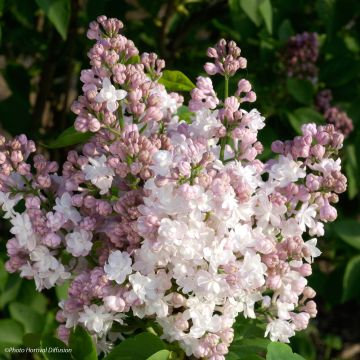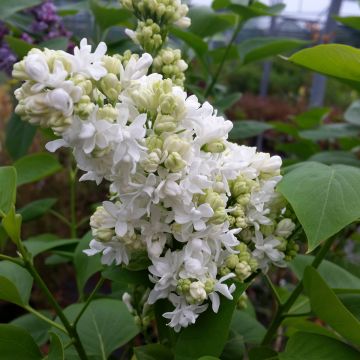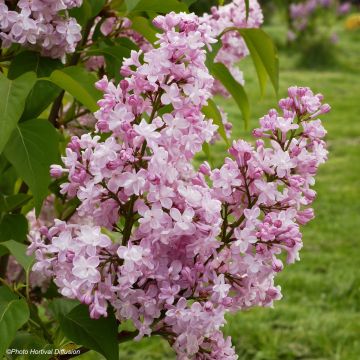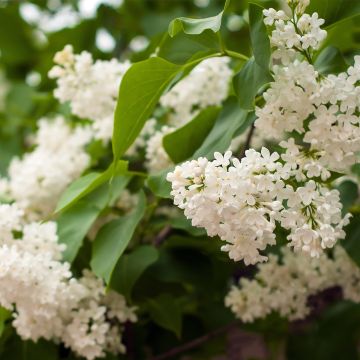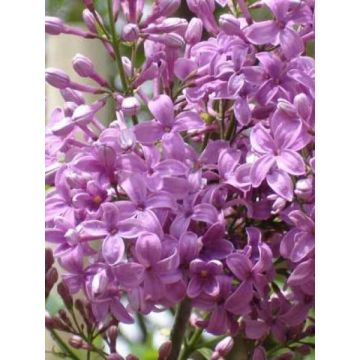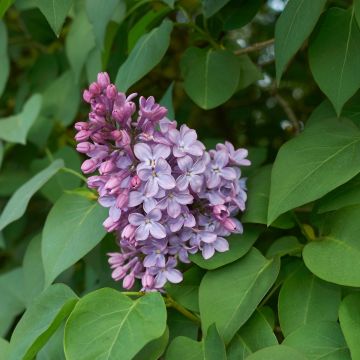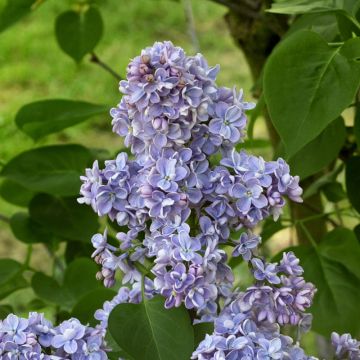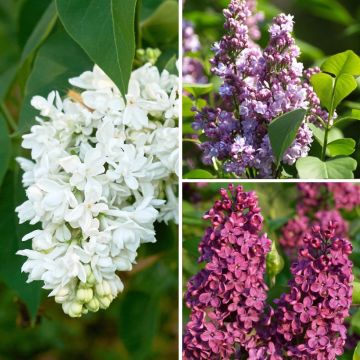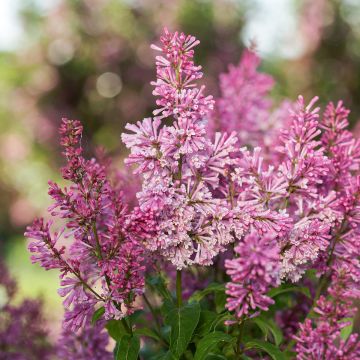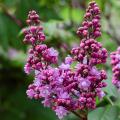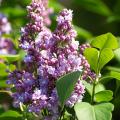Drought-tolerant Lilac
Does this plant fit my garden? Set up your Plantfit profile →
Available in 1 sizes
Available in 1 sizes
Available in 1 sizes
Available in 1 sizes
Available in 2 sizes
Available in 1 sizes
Available in 3 sizes
Available in 1 sizes
Available in 1 sizes

Available in 1 sizes
Available in 3 sizes
Available in 1 sizes
Available in 3 sizes
Available in 1 sizes
Available in 3 sizes
Available in 1 sizes
Available in 1 sizes
Available in 2 sizes
Available in 1 sizes
Available in 1 sizes
Available in 2 sizes
Available in 1 sizes
Available in 1 sizes
Available in 2 sizes
Available in 2 sizes
Available in 1 sizes
Available in 2 sizes
Available in 1 sizes
Available in 1 sizes
Available in 1 sizes
Available in 1 sizes
Available in 1 sizes
Available in 1 sizes
Available in 1 sizes
Available in 1 sizes
Available in 1 sizes
Available in 1 sizes
Available in 1 sizes
Available in 1 sizes
Available in 1 sizes
Available in 1 sizes
Available in 1 sizes
Available in 1 sizes
A selection of Lilacs for dry soil, more tolerant of summer drought. The wild common lilac (Syringa vulgaris) is a modest and hardy bush that withstands dry summers once rooted, more so than its many horticultural varieties. The most water-efficient are undoubtedly the lilacs that come from dry regions of Asia and the Middle East, particularly from China, Central Asia, and Asia Minor. Blooming early in the season, with small leaves, these shrubs seem better equipped to face dry summers. In this category, we find adorable Chinese lilacs: Syringa patula 'Miss Kim' with pale lilac flowers, Syringa meyeri 'Palibin' with light mauve clusters, and Syringa microphylla 'Superba' with true pink flowers. The Persian lilac Syringa x persica is also known for its sobriety. It is a natural hybrid that appeared in Afghanistan and Pakistan, where it is common in gardens. Other botanical species, although less cultivated, present a real advantage for non-irrigated gardens. Let's mention the For example, Syringa afghanica, native to the mountainous regions of Afghanistan and Iran, adapted to semi-arid climates. A small bush reaching a maximum size of 1.5m (5ft) in all directions, flexible and graceful, it has parsley-like foliage and produces small mauve and fragrant clusters in April. In recent years, specific Lilacs have been created "for the Midi". Common Blue Skies Lilac (‘Monore’), selected in southern California, adapted to Mediterranean climates, is a bush that produces spectacular clusters of lavender-blue flowers. Or the Chinese Lilac ‘Lilac Sunday’ with rather early flowering, blooming along its arching stems, forming long lavender-scented spikes. It exists alongside many others, as well as numerous hybrids that will satisfy the most demanding gardeners. To accompany them in the garden, also discover a selection of bushes for dry terrain.
Resistance to drought, just like hardiness, depends on several factors. For the lilacs presented here, it should be kept in mind that a mature bush, deeply rooted, will be much more resilient than a young plant. Similarly, a deep soil with a tendency towards loam or clay retains moisture better than a rocky or sandy soil. Water your young lilacs regularly during the first few months, and then until the third summer in our particularly dry regions in summer. In addition, mulching can help retain moisture and prevent water loss through evaporation. As a general rule, autumn planting is preferred.
Haven't found what you were looking for?







































